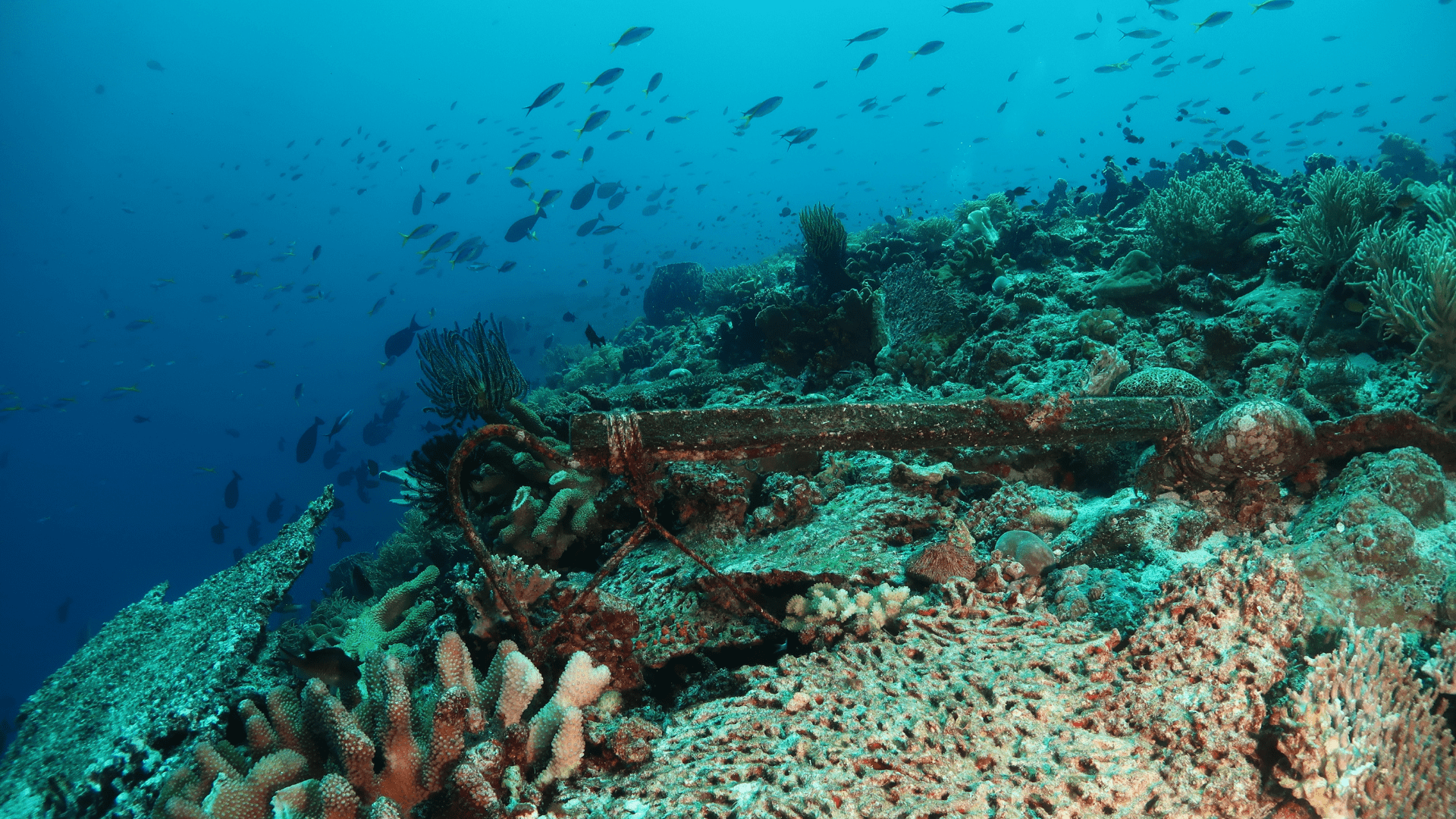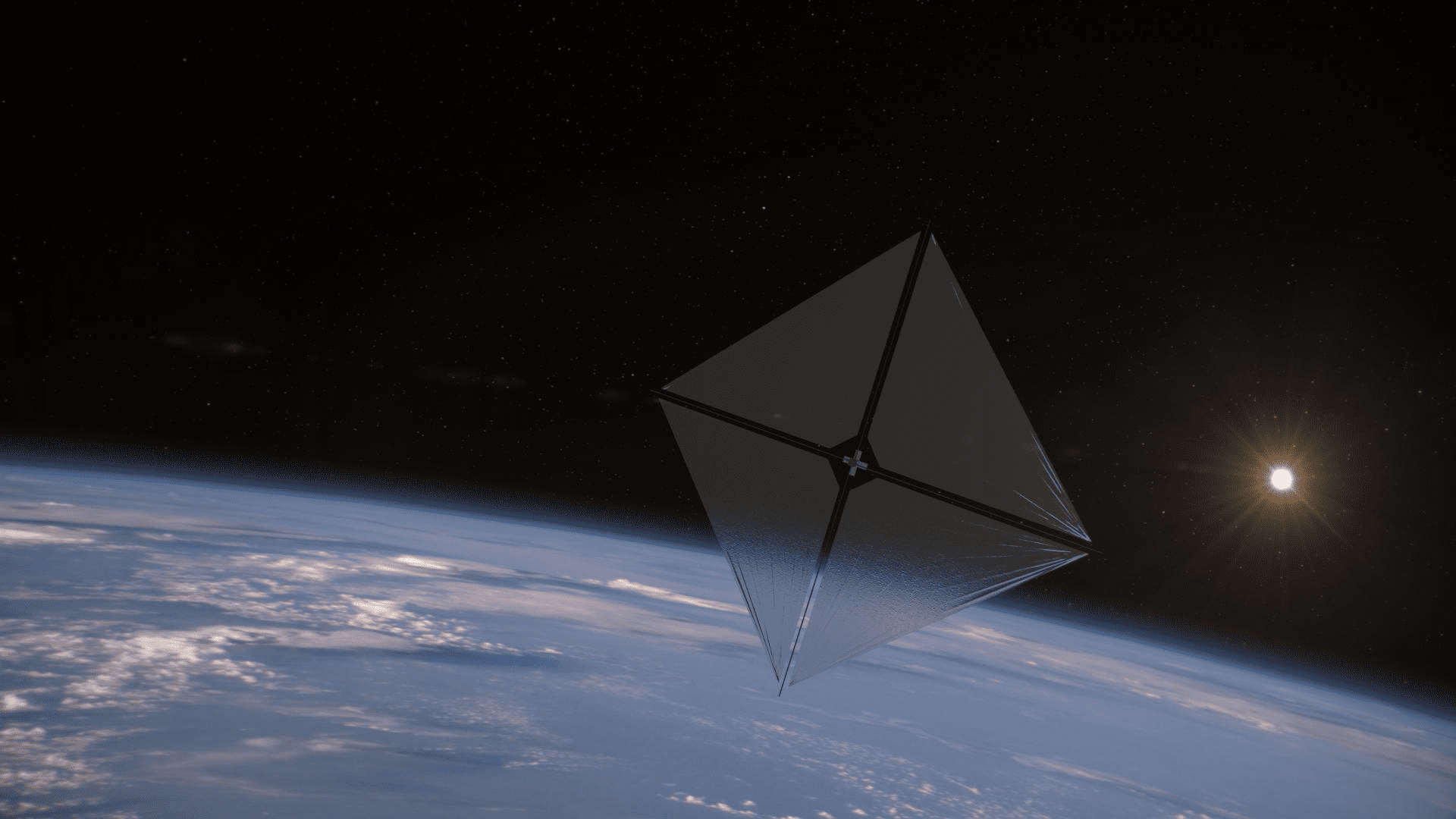Pneumatic tubes are currently used for a wide variety of things like operating rollercoasters, helping robots diagnose prostate cancer, and even delivering tacos to your car. Believe it or not, using pneumatic tubes for transportation has been around for over a century, however with very low success. But this failure may be looking up with new technology and innovations.
History (and failure) of Pneumatic Tube Transportation
Whereas the concept of pneumatics, which is the science of using air to pressure, power, and move something, has been recognized since prehistoric times, pneumatic transportation did not begin until the mid-1800s in London.
In 1845, the London and Croydon Railway built an experimental cargo station in which the area in between the rails and train created a vacuum, causing the train to be propelled forward by atmospheric pressure. The railroad abandoned the experiment after two years of difficulty.
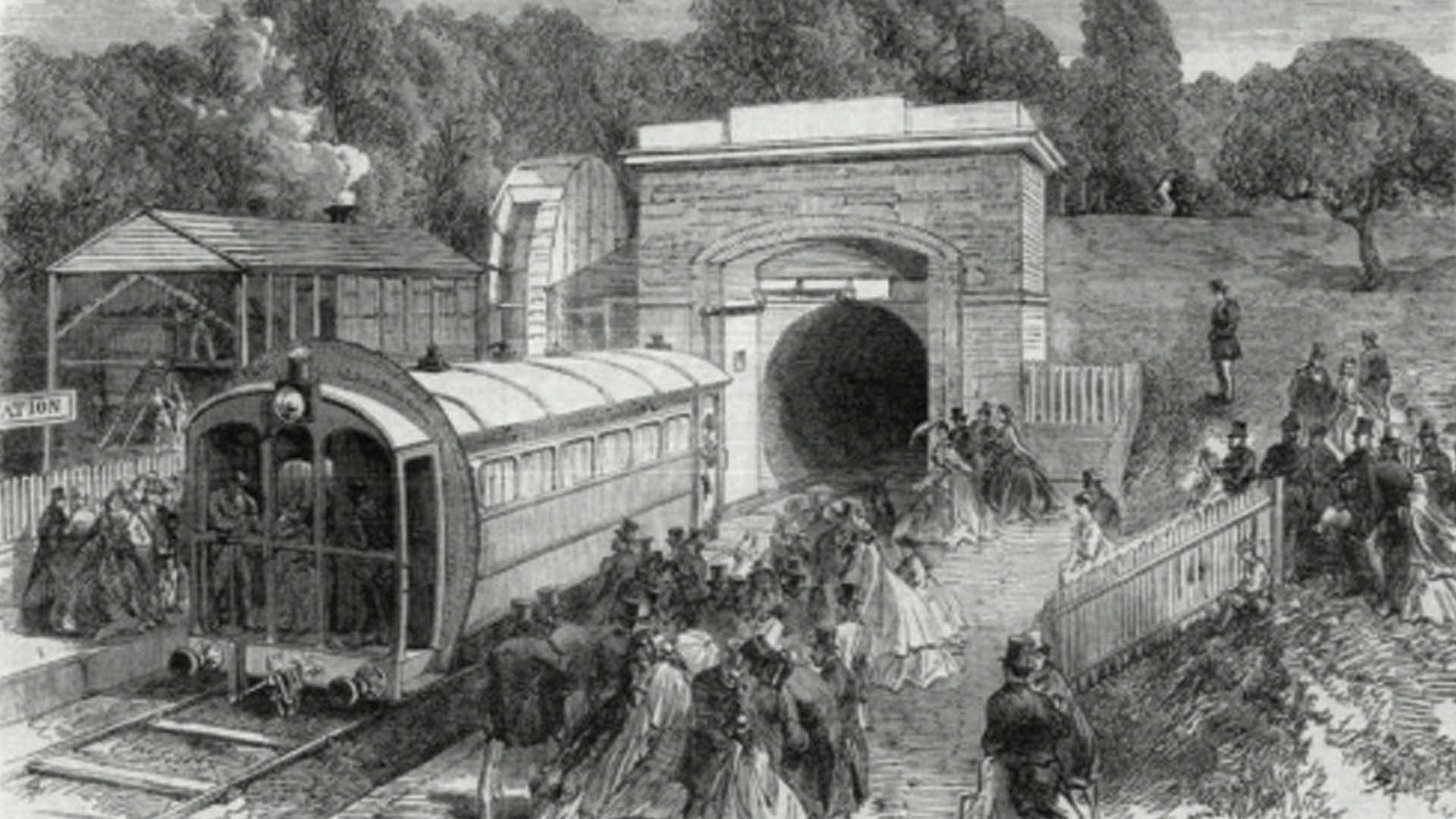
Picking up where the Croydon Railway left off, the Crystal Palace atmospheric railway was used in London in 1864. The system featured a fan that was 22 feet in diameter to propel the train; the fan’s blade would reverse to suck the carriage back along the track for return journeys. This railway was used for just two months before it was shut down and was never expanded.
Over a century later in 1967, Alfred Beach built the first subway in the United States—a pneumatic subway train in New York. The subway propelled the cars along long tubes by using compressed air. The perfection of electric multiple-unit traction and vehicles occurred shortly after this experiment, so an expanded pneumatic system was not deemed worthwhile, and Beach’s subway shut down.
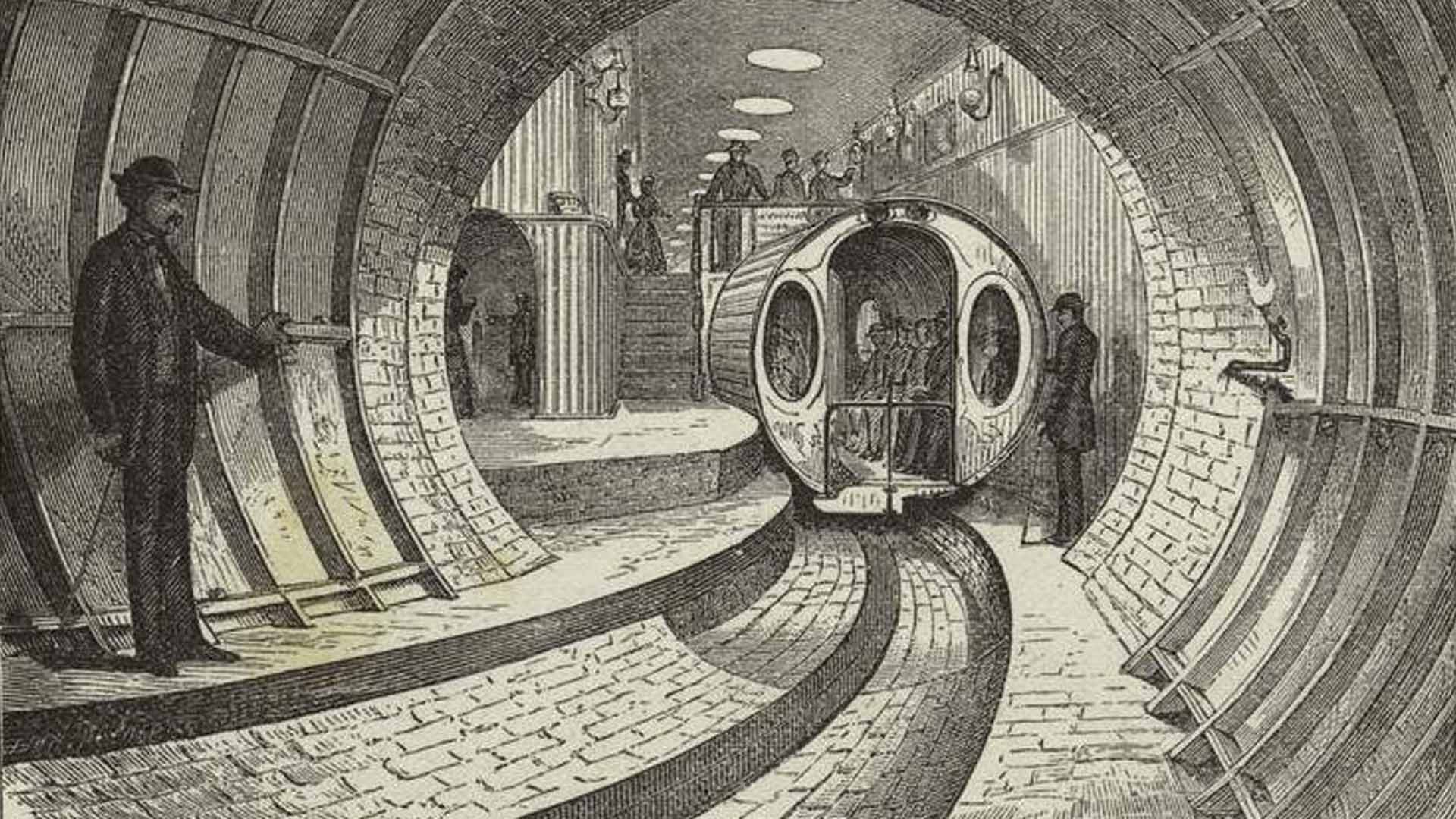
Also in the 1960s, the US government considered running a vactrain between Philadelphia in New York City. A vactrain combines pneumatic tubes with maglev technology, meaning that a magnetically levitated train moves through a vacuum seal tube. The project was later deemed too expensive and was scrapped. Similarly, a Gravity-Vacuum Transit system was proposed for California in 1967, but it was never built.
A similar fate to these projects continued to occur throughout the end of the 20th century. In France, a prototype similar to a levitation train but with cushions of air instead of magnetic resistance for propulsion was created. However, a lack of funding, the steep cost of infrastructure, and the lead scientist’s death caused the project to end in 1975. Additionally, in the 1990s a team of researchers at the Massachusetts Institute of Technology began developing a vacuum tube that would transport passengers from New York to Boston in just 45 minutes. The test loop was built, but the project did not continue.
Current State & Hopeful Future
The possibility of pneumatic tube transportation has increased dramatically in the 21st century. It is estimated that the global pneumatic tube systems market will reach $2.8 Billion by 2026, showing its staying power in the future.
The US government recognizes this, and as a result, the US Department of Transportation (USDOT) unveiled a guidance document to establish regulation for the Hyperloop technology in July of 2021. A hyperloop is the newest technology for pneumatic tube transportation, and it uses magnetic levitation and vacuum pumps to propel passengers. This announcement marks the first government agency in the world to establish regulations for the hyperloop, and makes the technology eligible for federal railway funding, increasing its likelihood of commercialization.
There are currently two companies that are frontrunners for the first commercially available hyperloop: Virgin Hyperloop and Hyperloop Transportation Technologies. Virgin Hyperloop has tested its system on its testing track called the DevLoop, located in the desert outside Las Vegas.
In July 2017, Virgin Hyperloop announced that it successfully completed its first full-system hyperloop test in a vacuum environment. A month later, they revealed that their Hyperloop One reached 192mph and covered the entire 500m DevLoop distance. In November 2020, Virgin Hyperloop completed its first passenger test.
Currently, Virgin Hyperloop is looking for a new longer test track, so they can better test commercial options. It is also working with local government agencies in Texas to determine hyperloop’s feasibility, including a system that would connect Dallas with Fort Worth, a 32-mile trip.
Next, Hyperloop Transportation Technologies (HyperloopTT) has advanced their Hyperloop. The startup began building its own 50-mile test track in Quay Valley, California in 2016. The startup was built off of Elon Musk’s published proposal for the Hyperloop in 2013 where Musk detailed how Hyperloop Alpha would be made up of enclosed capsules or pods moving through a system of tubes on skis that levitated on a cushion of air. Musk did not patent it for himself but instead registered the design using the open-source project model.
HyperloopTT’s Great Lakes Project is the closest hyperloop to become commercial. The plan is to connect Chicago to Pittsburgh, Pennsylvania, with stops for South Bend, Indiana, and Toledo, Cleveland, and Youngstown, Ohio. At an average speed of 600mph, a trip from Chicago to Pittsburgh would take about 45 minutes in the HyperloopTT. A public-private partnership between HyperloopTT and a consortium of 80 government agencies has been created, and the company has completed the feasibility study and will soon conduct an environmental review for the project. If everything goes according to plan, it could be completed in 15 years.
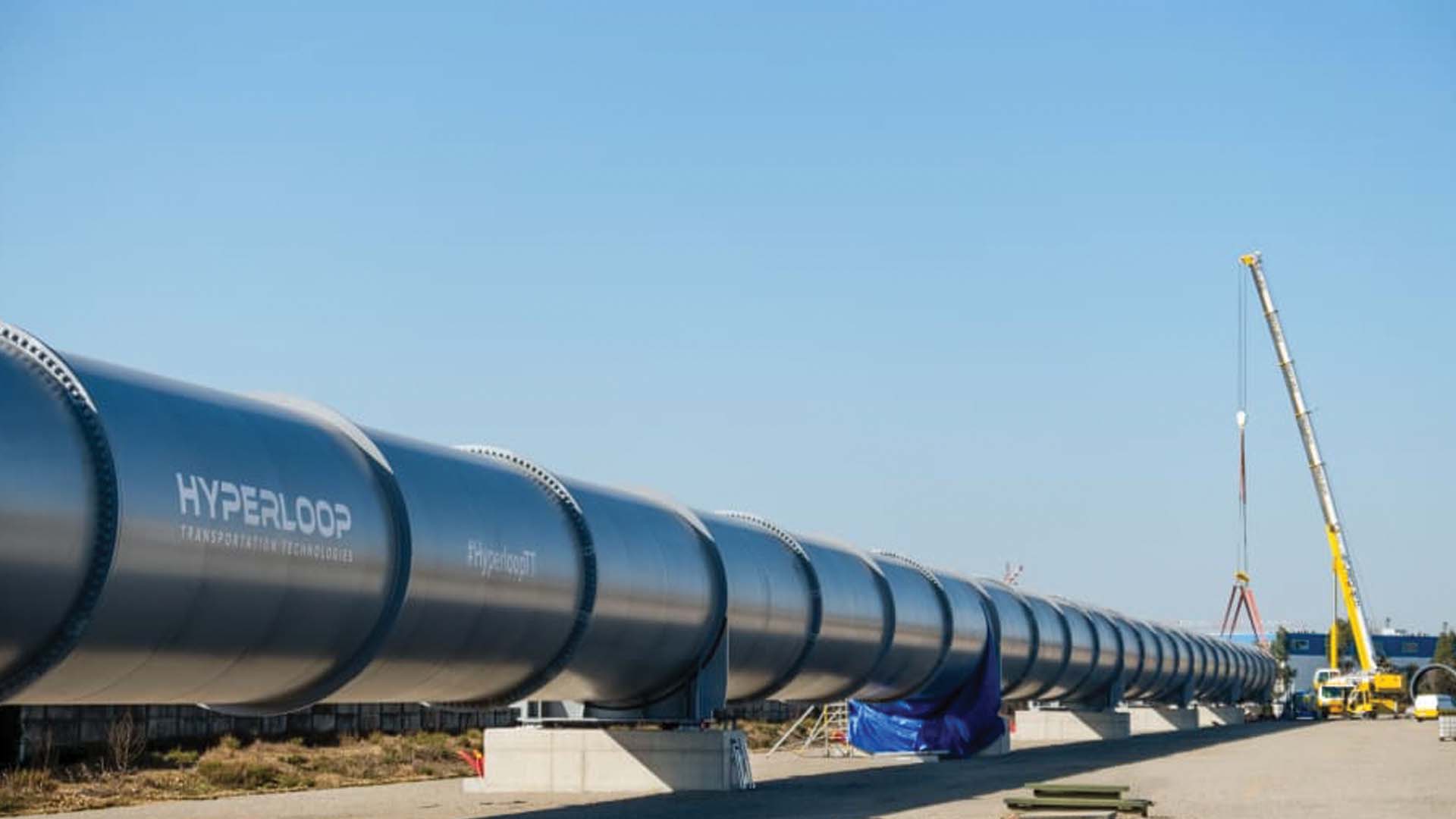
HyperloopTT’s first commercial deployment will be in the United Arab Emirates, with a six-mile system in Abu Dhabi that is expected to break ground later this year. This will be the world’s first commercial hyperloop deployment. The company is currently testing it at their full-scale test track in Toulouse, France.
Only time will tell if the pneumatic hyperloop will revolutionize public transportation in the future, or if it is condemned to the same fate as pneumatic tube systems of the past.
To find out more about the future and use of pneumatics, tune in to Tomorrow’s World Today’s “The Power of Air” on October 16 at 8:30 am EST on the Science Channel and October 17 at 6:30 am on the Discovery Channel.
Can’t wait until the weekend to watch? Stream it NOW on SCIGo and Discovery GO.


